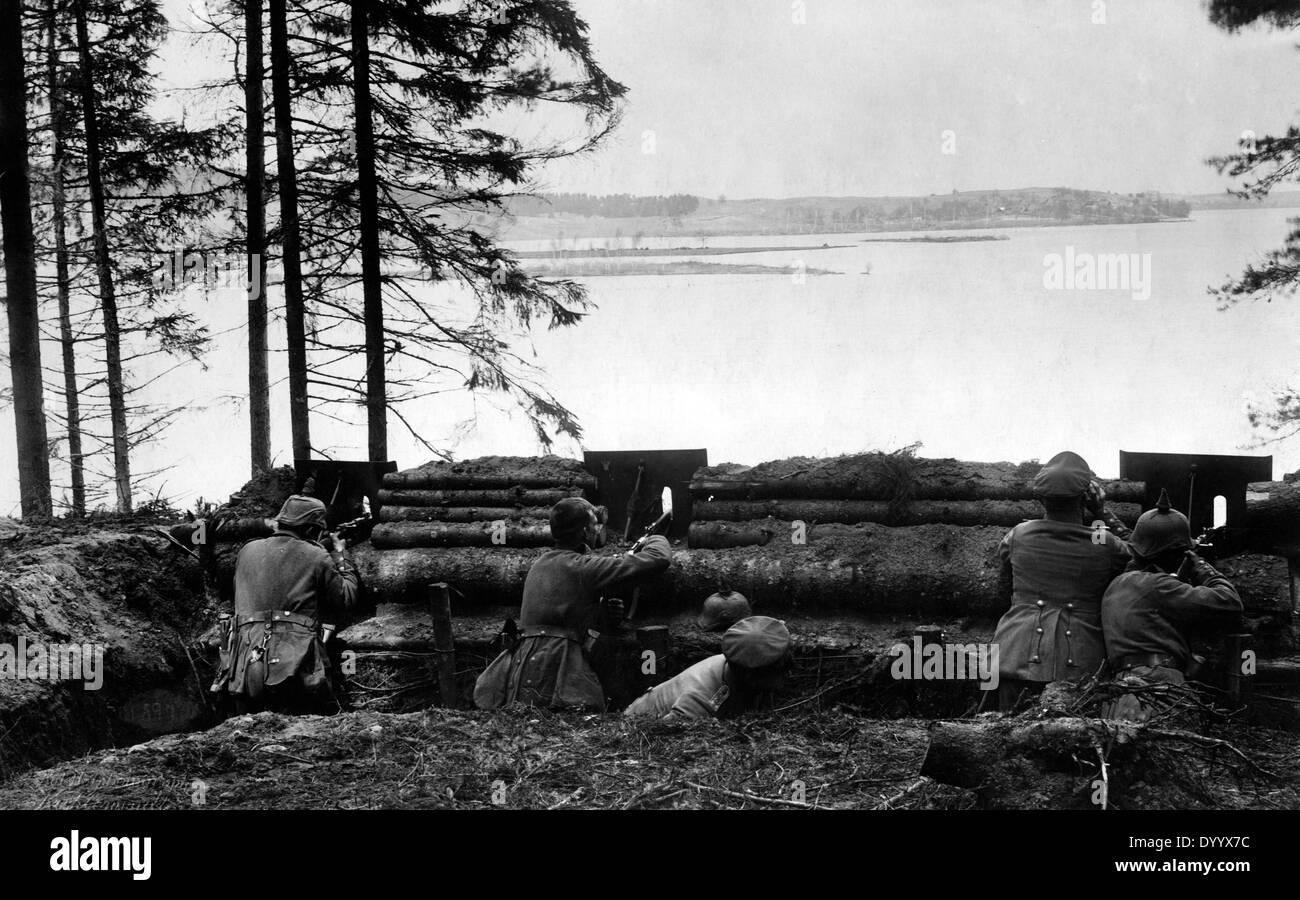
Also, for us, it was the most known battle, and very impactful. There’s a great cultural theme built around it. But Tannenberg obviously being the battle where the Teutonic knights were defeated - the whole idea of the battle of Tannenberg at the time was thought of as a revanche for their defeat in the 1300s. The battle didn’t take place at the actual location called Tannenberg.

There’s this giant cultural clash behind it. It’s the point where two civilizations clashed, the eastern Russians versus the western Germans. The Nazis used it later on, mystified it. It has an almost cultural phenomenon to it. It goes a bit beyond just the operation or the strategic victory that took place there. Why Tannenberg specifically? Tannenberg being the most known battle on the Eastern Front, where the tide of the Russian assault toward Germany was slaughtered in the early days of the war, that had massive symbolic value. We try to encompass the entire front, and all these different visual themes. You go to the Carpathian mountains, the Polish plains, all the way to the Black Sea, where it’s a very dry area in Bulgaria, a grassland. We tried to represent each sector of the front, each different, unique environment and strategic frontline in the game. We have maps from the Baltic to the Black Sea.

Jos Hoebe: With Tannenberg, just like Verdun, we wanted to try to encompass the entire Eastern Front. GamesBeat: I can understand going to the Eastern Front after Verdun, but why Tannenberg? This is an edited transcript of our interview. MetaBeat will bring together metaverse thought leaders to give guidance on how metaverse technology will transform the way all industries communicate and do business on October 3-4 in San Francisco, CA.


 0 kommentar(er)
0 kommentar(er)
